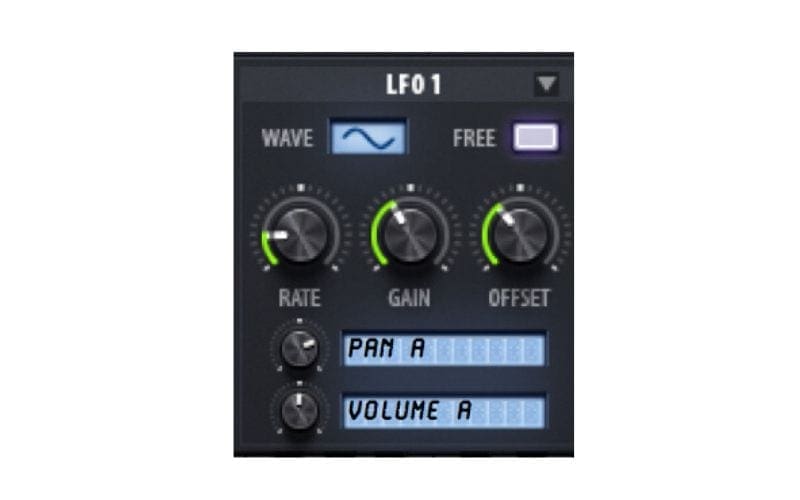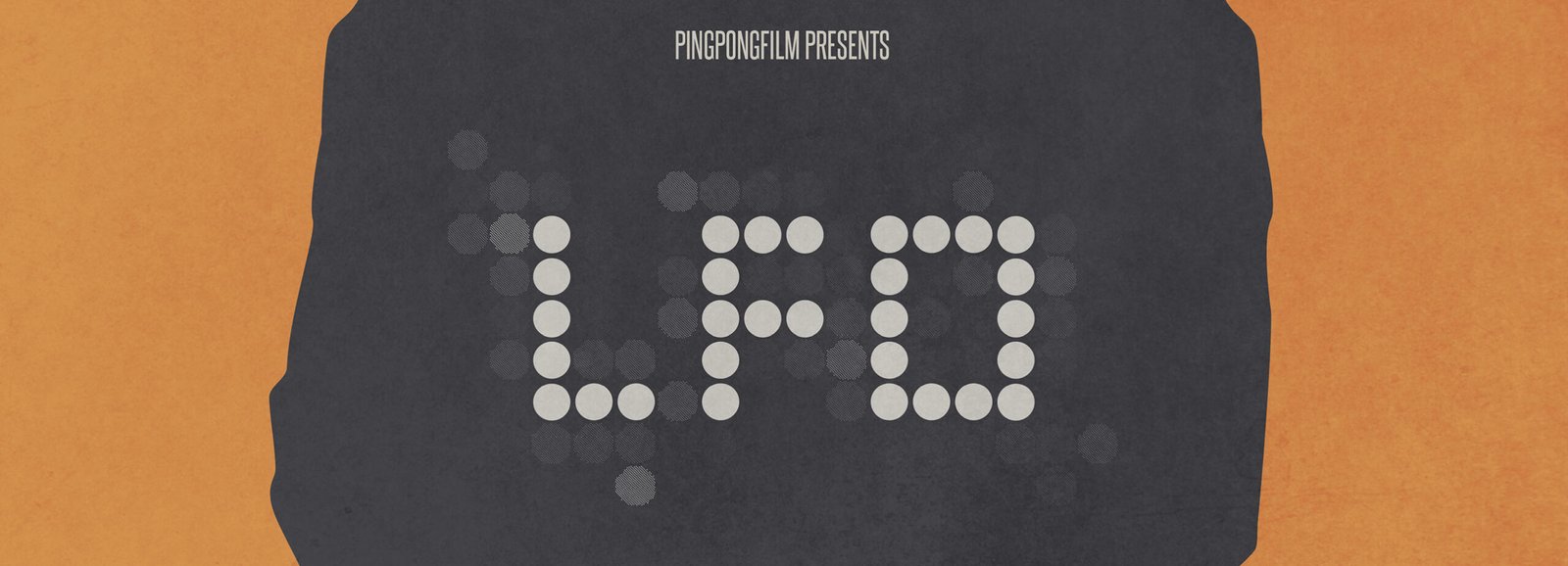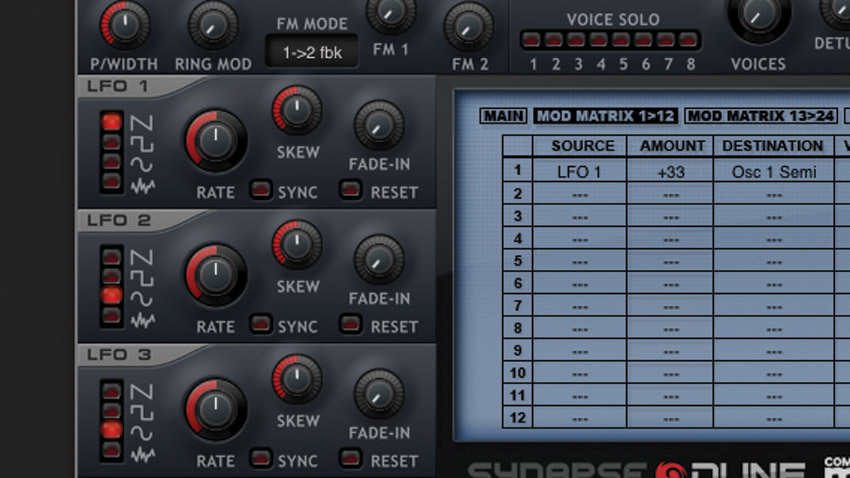
What is a CV synth?ĬV is the control over parameters that are sent from one module to another.

Audio is really just continuously variable and fast-moving voltage, but it’s helpful to see these two things as separate signals because we tend to treat them differently. In Eurorack, there are two types of signals that utilize precisely the same patch sockets and cables: audio and control voltage (CV). Eurorack - with its absence of pre-made connections - makes this unmistakably clear. It’s easy to become familiar with what specific knobs to sound, all without any knowledge about how it’s patched to the other components. With traditional synthesizers, all the connections are made for you behind the scenes. The realities of Eurorack synths require us to mention a couple of other modules, but it’s these main five that constitute the beating heart, breath, and cry of the simple synthesizer: oscillators, filters, amplifiers, envelopes, and modulators. What does a “basic synth voice” require? That’s certainly up for discussion, but may I suggest that - for the most prevalent form of analog synthesis called “subtractive” or “ East Coast” - we need five modules.įrom there, it quickly snowballs, depending on what you’re trying to achieve.

Where better to uncover the basics of a synth voice than within the stripped-down, individual module building blocks of Eurorack? We asked Robin Vincent to break it down. But within advanced forms of modulation, experimental noises and randomizing patterns can establish the very essence of synthesis.


Have you ever wondered how to make a basic synth voice in Eurorack? “Basic” and “Eurorack” aren’t usually associated, especially since modular synthesis feels complex right down to its core.


 0 kommentar(er)
0 kommentar(er)
